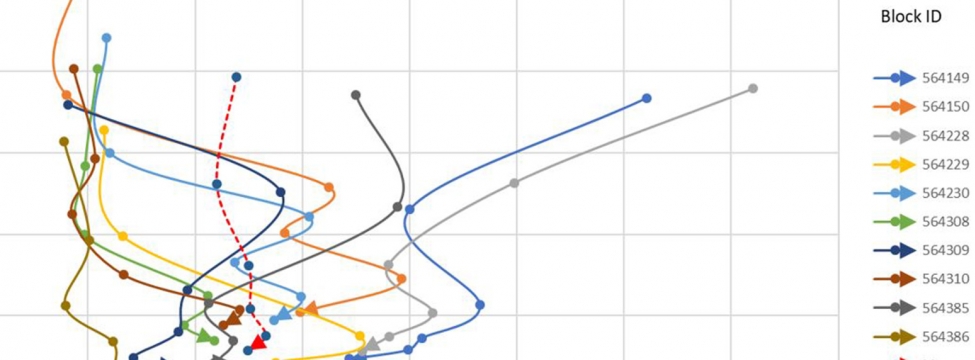To serve you better, our new website displays information specific to your location.
Please visit the site and bookmark it for future use.
What Is Your Confidence In Your Simulated Confidence Interval?
Assessment of uncertainty in resource estimation is often quantified by deriving a confidence interval for a particular volume from a set of block simulations. The underlying assumption is that the set of parameters used for input to the simulation is fixed and that they are all correct. Just as kriging results and kriging quality are sensitive to the number of samples in the local search neighbourhood, so too are simulations that rely on local search neighbourhoods for their implementation. For example, fewer samples in the neighbourhood means a different kriging result and more importantly a larger kriging variance, this leads to a wider set of possible simulated values at each point/block and thus to a different set of confidence intervals for any given volume.
Just as with the kriging paradox of local accuracy vs global accuracy at cut offs above zero, we have to examine the sensitivity of the confidence intervals to search neighbourhood parameters and decide what set of search neighbourhood parameters are most appropriate.



